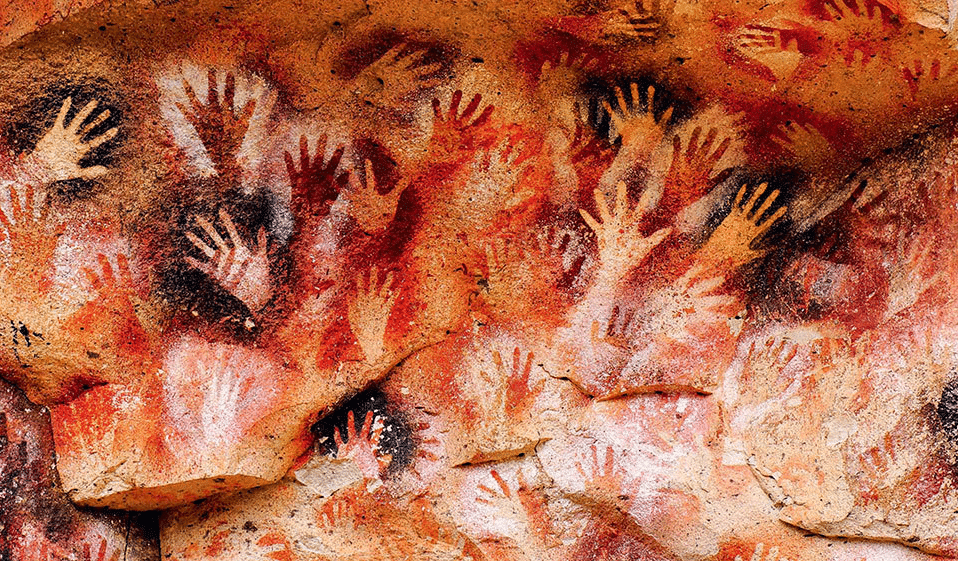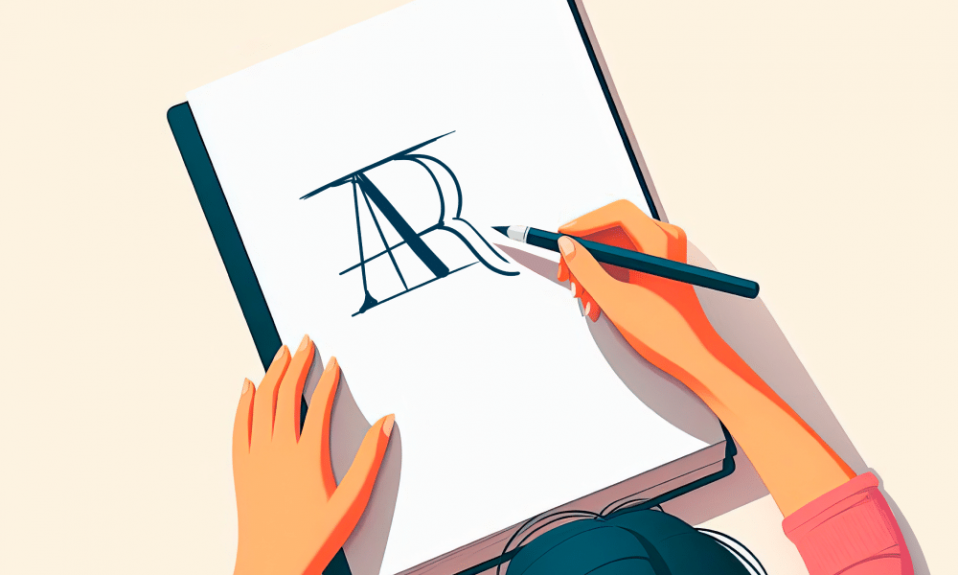Logos have been used by mankind since ancient times and have undergone many changes on their own path. You can find many articles about logo design history on the Internet. The information provided in Internet sources varies, but the stages of development are clearly defined. Here, in this article we will explain in detail about the main stages of the logo evolution.
Create your own logo with Turbologo logo maker. It takes less than 5 minutes and no design skills needed.
Go to Logo MakerTable of Contents
Stage 1. Visual communication
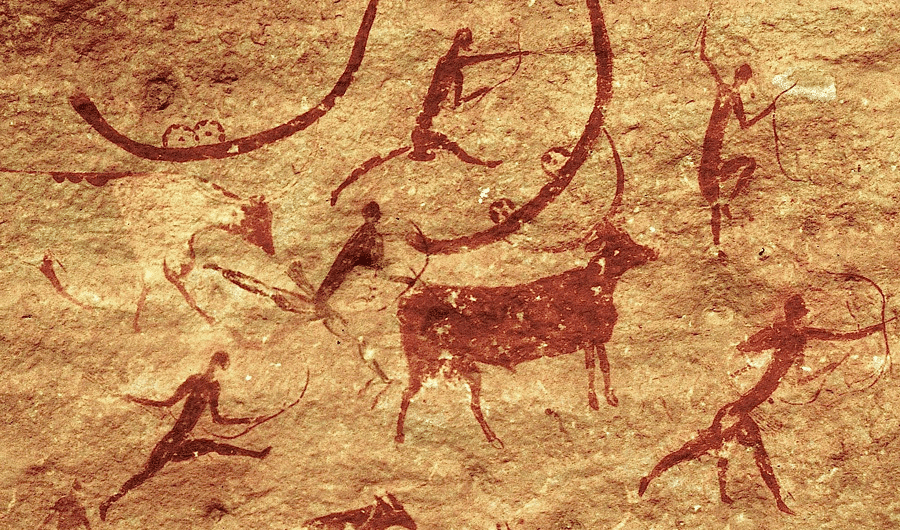
The human brain cultivated many centuries before it reached today’s level. The means of human communication, used to companionship with the relatives, also changed and improved along with thinking. The human beings learned to recognize objects and people, establish associations and synthesize information by perceiving visual images. This kind of perception is relevant for us this time as well.
The archaeologists find traces of ancient people life, carrying out excavations. These are drawings on the walls of caves, inscriptions on stones and painted objects. A person could transmit information in such a way, for example, to warn of danger and to report on important events. This is nascent visual communication. After many hundreds of years, graphic symbols have replaced such means of communication. The art of graffiti has arisen around the same time. People who did not paint the walls of their caves were condemned by other people. They were considered ignorant, they were far from love of art and beauty.
Today, almost 90% of the total mass of information is obtained by people visually, that is, with the help of the eyes. That is why logos are so important for the successful existence and company’s popularity growth.
There are all sorts of signs, symbols, drawings and pentagrams in the history of many civilizations. Modern logos take their origin from such symbols. The ancient people accepted social norms and determined the race of society members by symbols. Thus, people understood their way of life and established communication. The functions of signs changed throughout their development, but they were able to reach our days, albeit in a different form. A human being is always trying to give meaning to symbols, to express certain ideas through them, to convey important information and even the emotions through them. The logo is a kind of substitute for words.
Stage 2. The origin of brands

Humanity has managed to become what it is now, through labor. Since a craftwork appeared in people’s lives, such a thing as a “brand” came into use. This is a kind of sign, indicating that the product is well made and has a fairly high value and high quality. Now if a person produced a unique product and did it well, then he could become famous not only among his acquaintances, but also go out to trade at a major fair. For the creation of an unreliable product, the master was threatened with injury or even death.
In ancient Greece, symbols were used for coinage and livestock stamping, as well as for encrypting important messages. Territories are also marked with signs. The formation of many other civilizations went along with the Greek, but archaeologists did not manage to find similar “traces” in history.
The ancient Romans at that time already had their famous brands. The very first one belonged to the craftsmen producing light fixtures, this brand was called “Fortis”. And the creators of another brand were engaged in the wine trade and were called “Vesuvinum”, however, this brand did not catch on in the market.
Stage 3. The heraldry
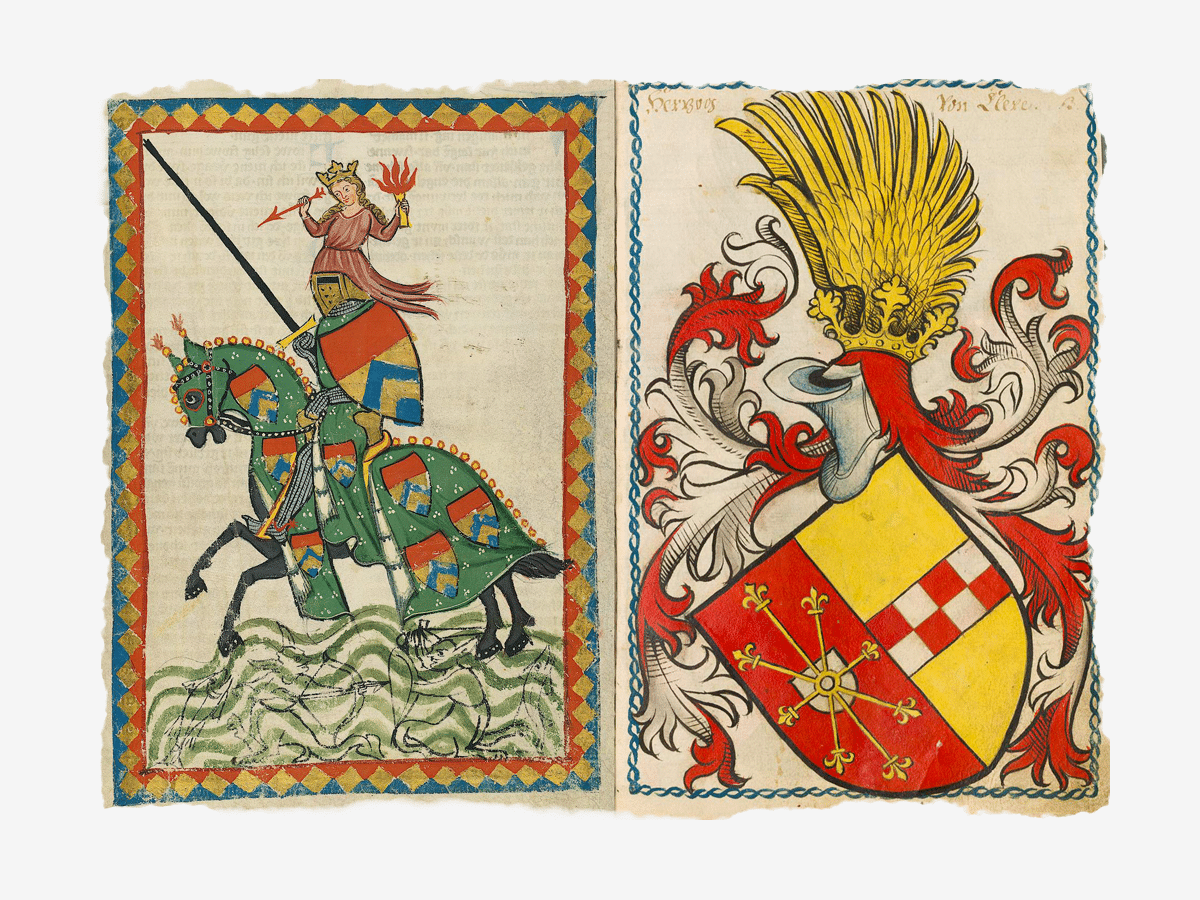
It were the first coats of arms that initiated the origin of the logos, which are so actively used in the modern world. The first coat of arms appeared in the XXII century, when tournaments and knightly deeds were popular. Heraldry became increasingly popular over the next 200 years and was used almost everywhere. At first it was used only by the nobility, but later high-ranking officials became interested in this idea, starting to use the coats of arms as a distinctive sign of their states.
As soon as such symbols became widely known, people began to stand up for the right to have their own. The states wanted to fully control the creation and distribution of emblems, and the common people also claimed this right. A similar situation occurs today, although it is not so obvious.
The main function of the coats of arms is the designation of property rights and the identification of the person. Coats of arms also helped to classify people by social strata and groups. Until the French Revolution took place, it was possible to determine from the coat of arms whether a person was a knight under armor and a helmet. The risk of secret penetration of enemies was also excluded.
However, as time went on, the coat of arms did not become a logo. This was due to the large number of prohibitions on the coats of arms creation, as not everyone was allowed to produce them. The use of coats of arms was also banned for almost all citizens, which significantly limited their ability to create their own business and popularize it. Many rigid rules and laws regulated the symbols creation, which made it almost impossible to use them. Not every coat of arms could get the right to use and approved coats of arms also had significantly limited functionality. Some examples can be seen in jewels that have survived to our time, and also as in a signs of state or territorial affiliation.
4 stage. Logo
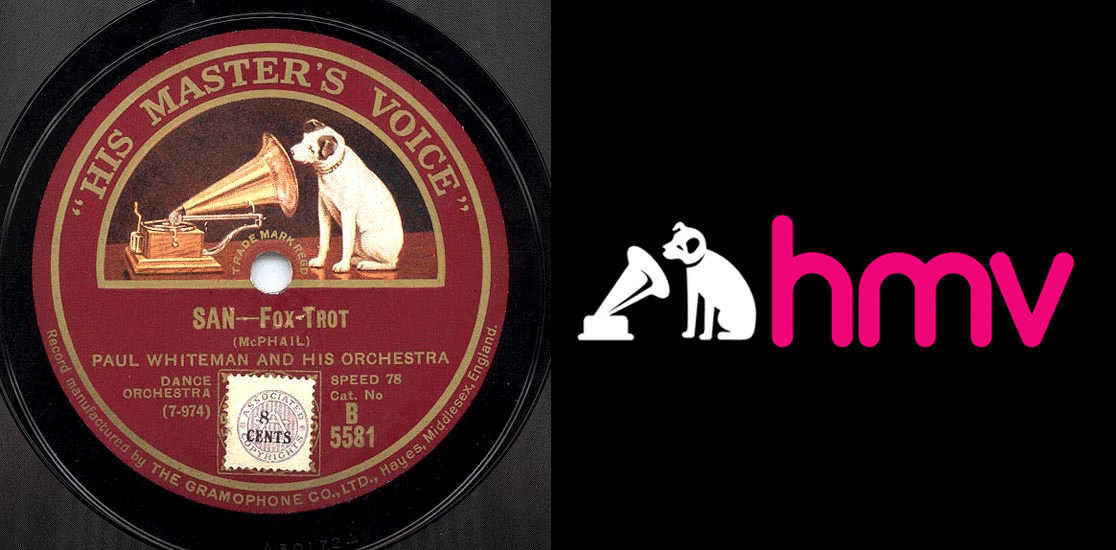
A typography, graphic signs and elements eventually established the beginning of using logos in the form in which they exist today. Although branding exists long enough, it does not lose its relevance. Logo design began to actively develop with the beginning of the industrial revolution of Europe and America, which occurred in the XXVIII century. At the same time, family startups began to develop.
The sharp increase in demand for logos has arisen due to the increase in production volumes of various products, as well as the emergence of a capitalist fashion and the introduction of mechanization. All this happened because of the desire of companies to stand out among competitors and firmly establish themselves in the market.
The first modern logos has a direct connection with the developing patent rights system. For the first time in the history of branding, Bass & Co lawfully received the ® sign on its logo. It happened in England in 1876. This was the beginning of the mass brands registration by companies. Most of those companies that have received the right to indicate the mark ® on the logo, exist now. For example, Twinings, Levi’s, Shell Oil, Coca-Cola, HMV, Nestle, Jack Daniel’s, Cadbury. Thus, the logo was widely spread along with product and corporate branding, which later became a separate part in the general culture of humankind.
Want to create your own logo? Make it via Turbologo!
I’m a product and graphic designer with 10-years background. Writing about branding, logo creation and business.

